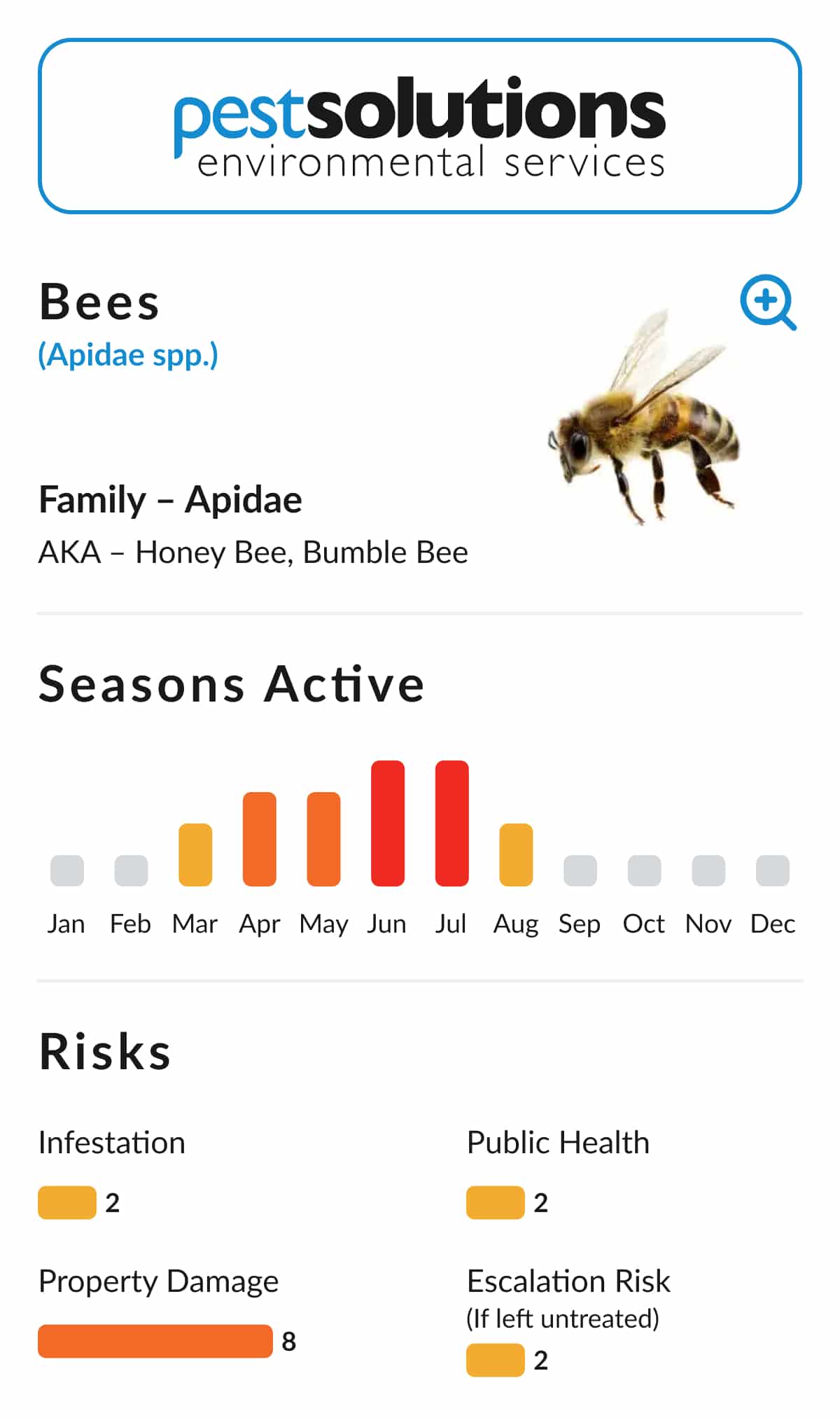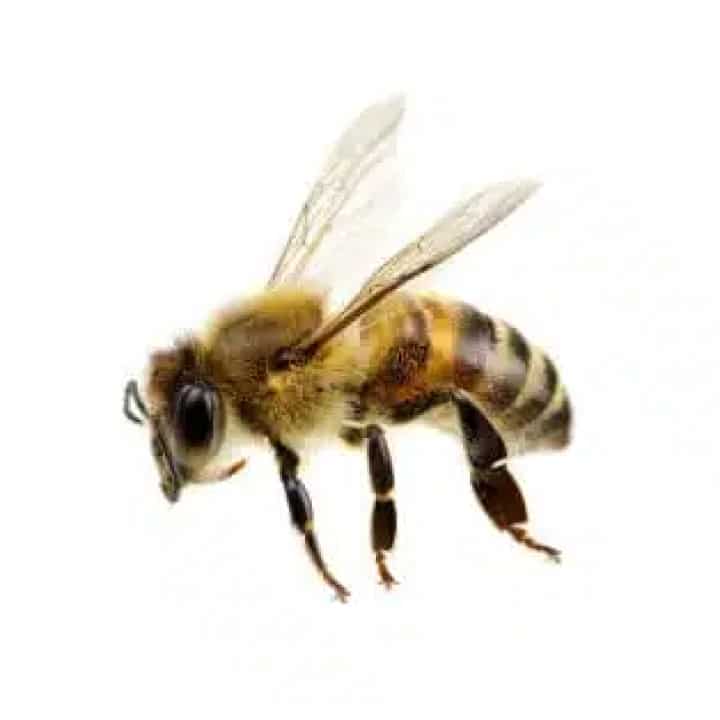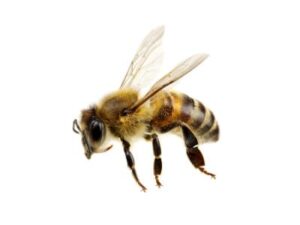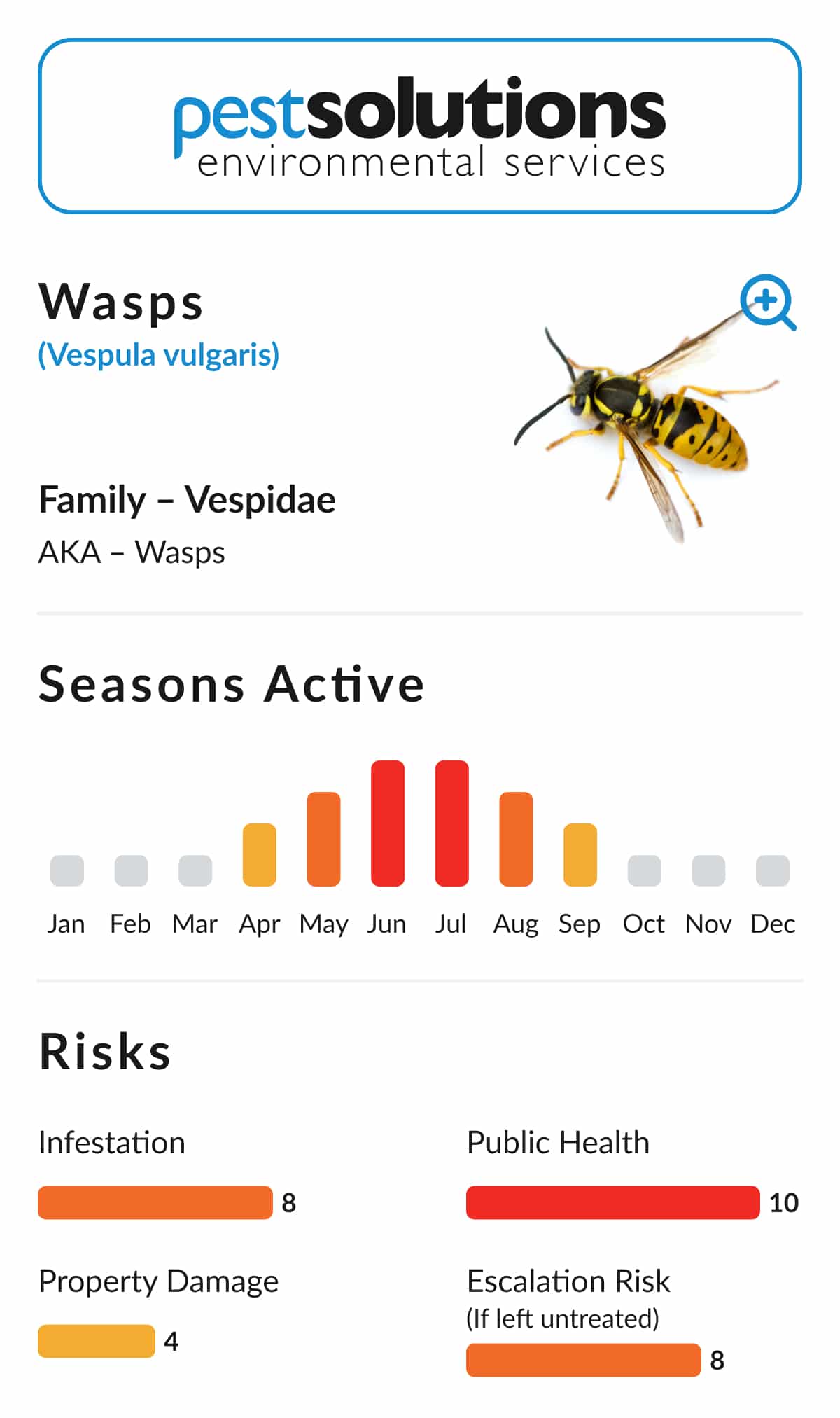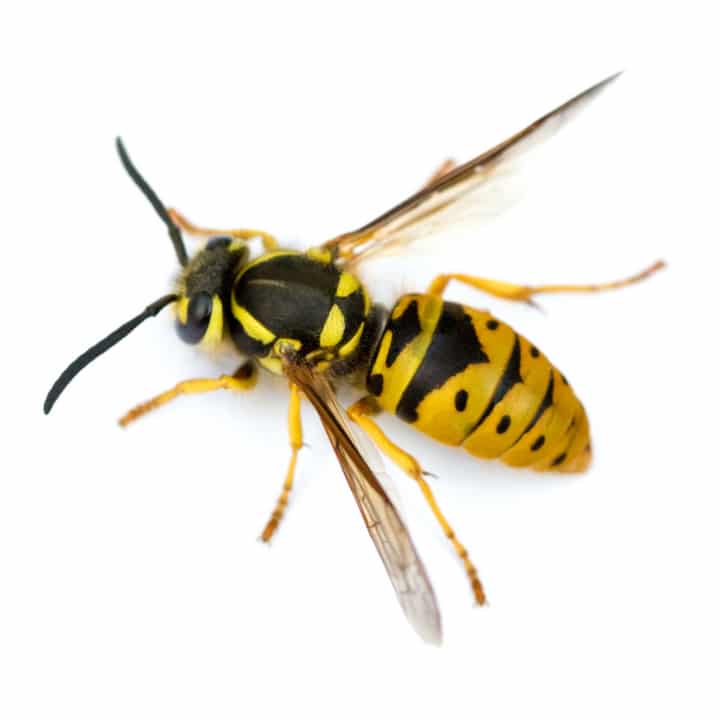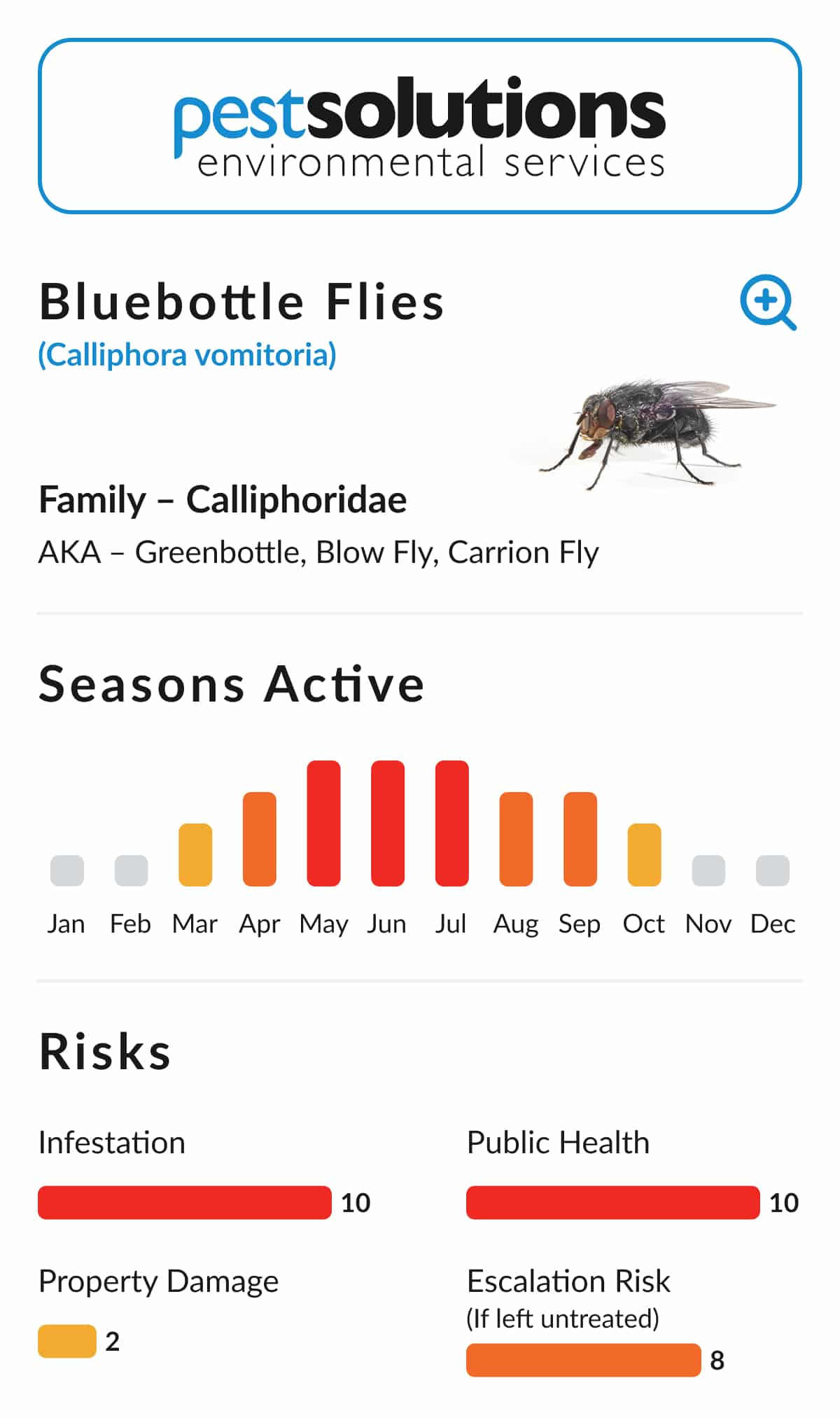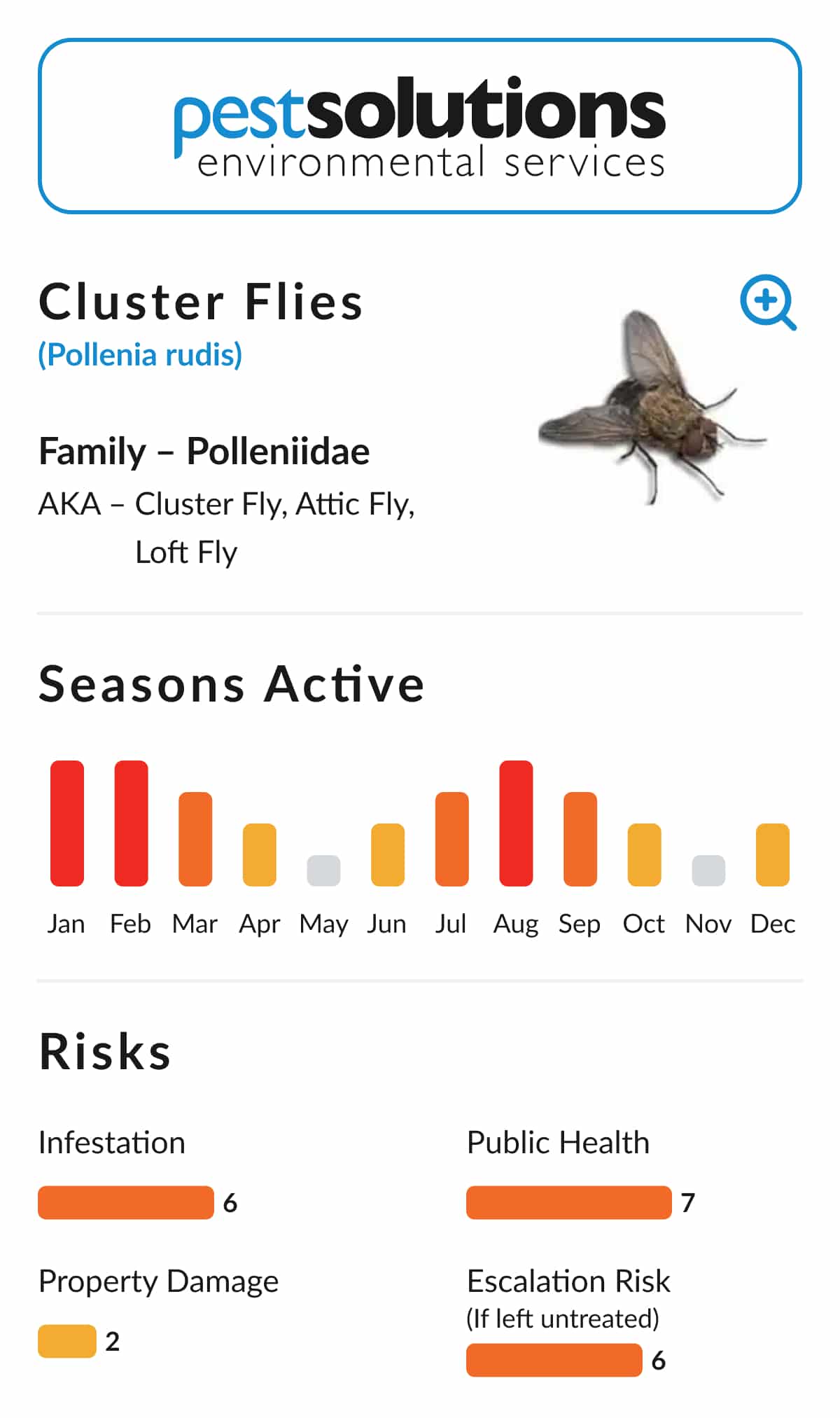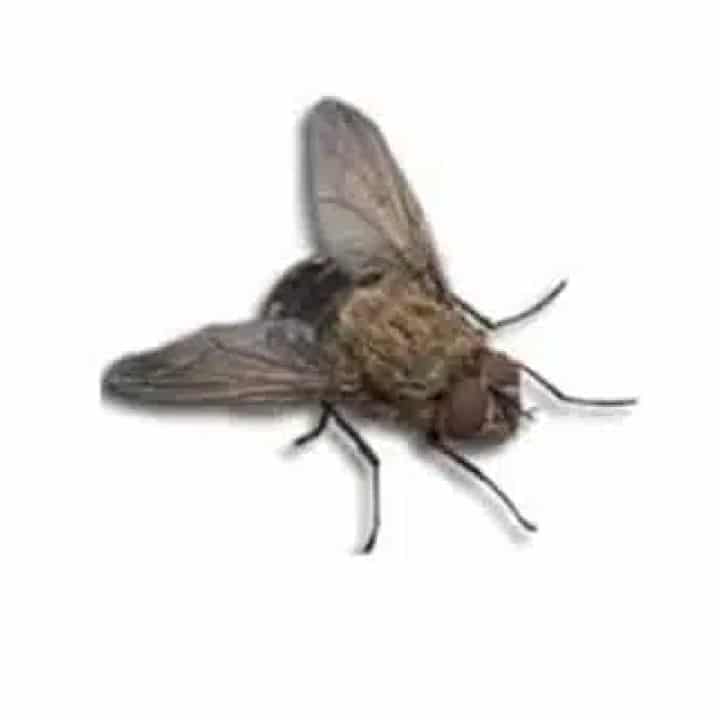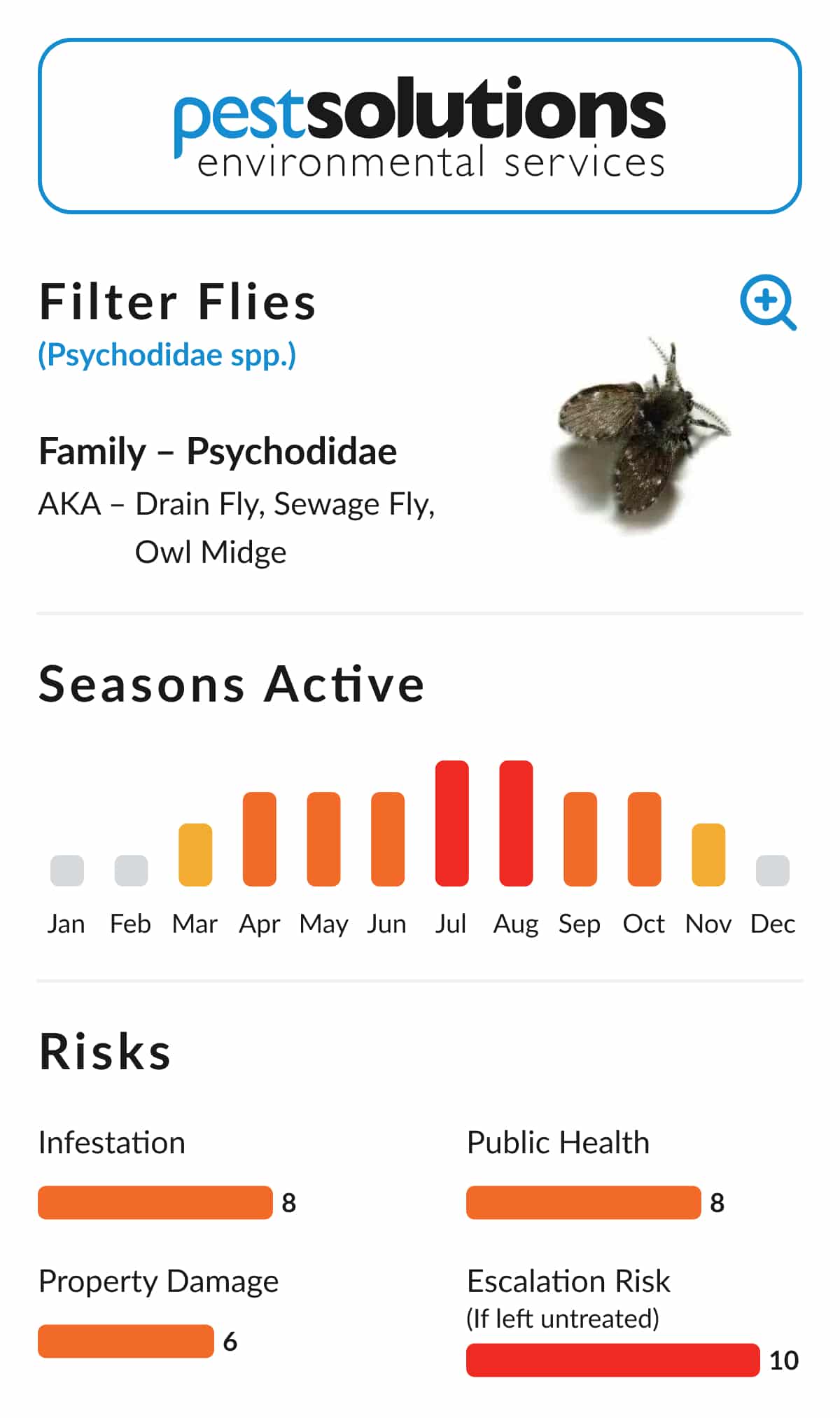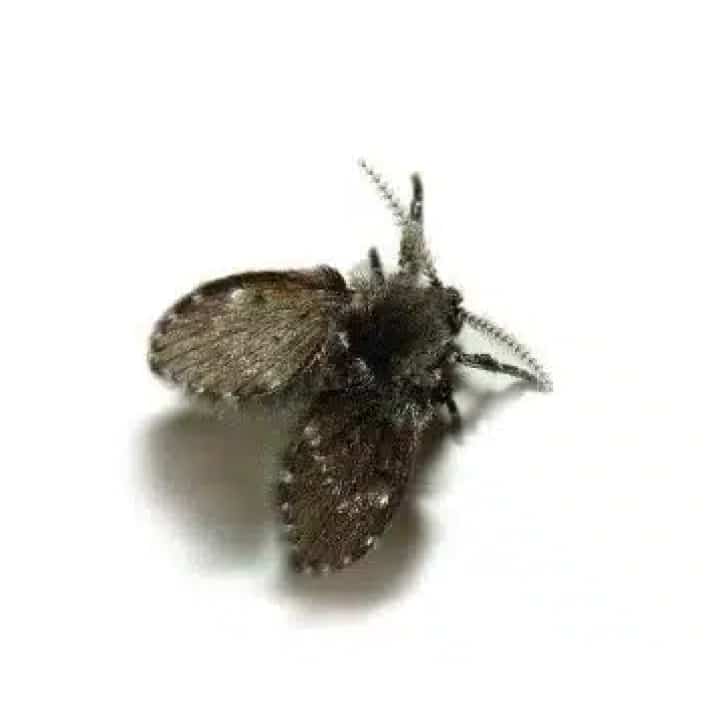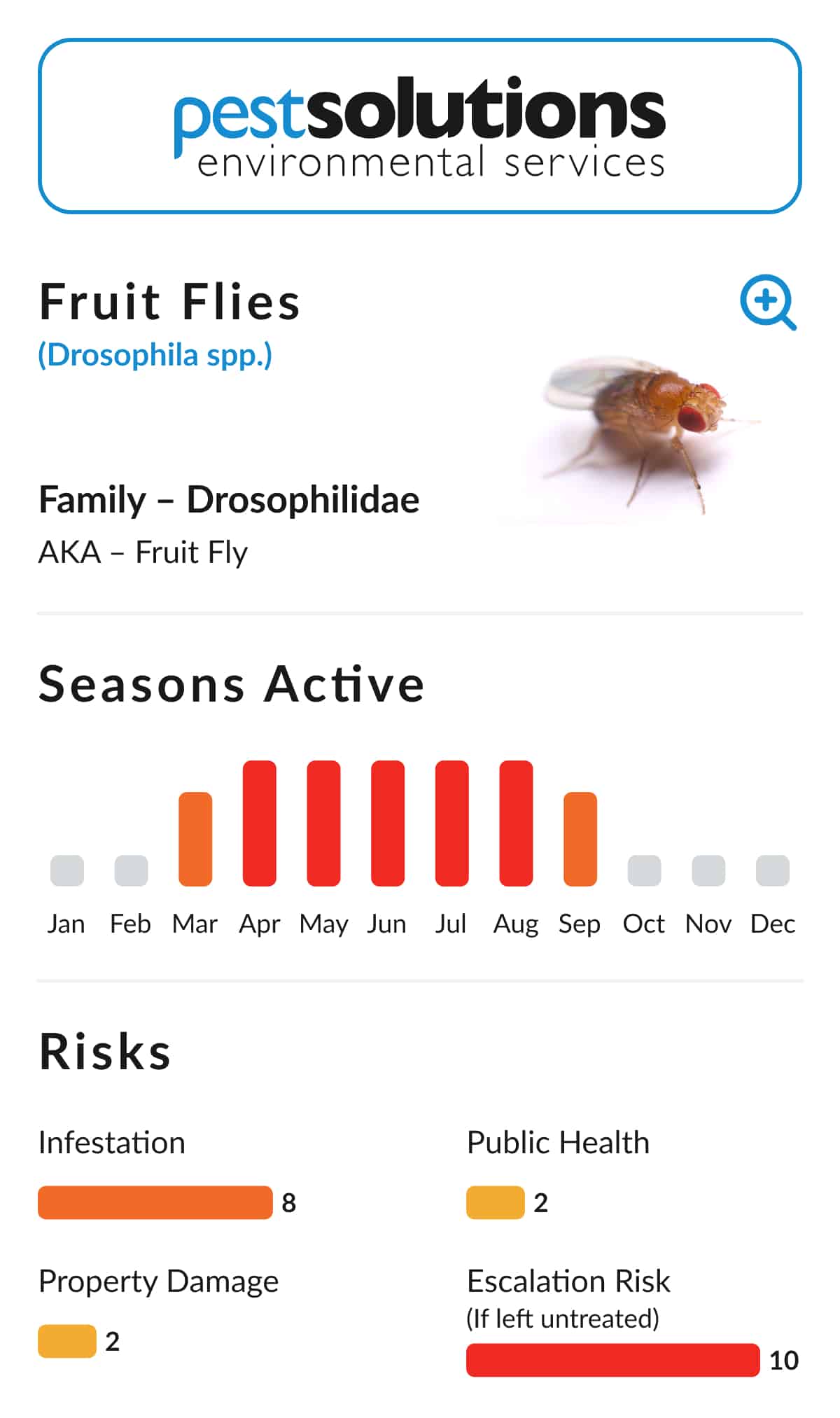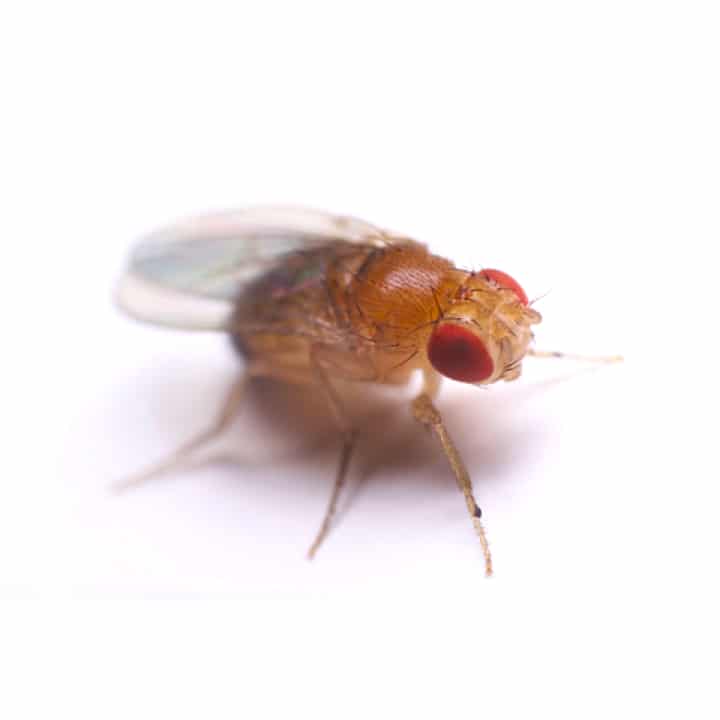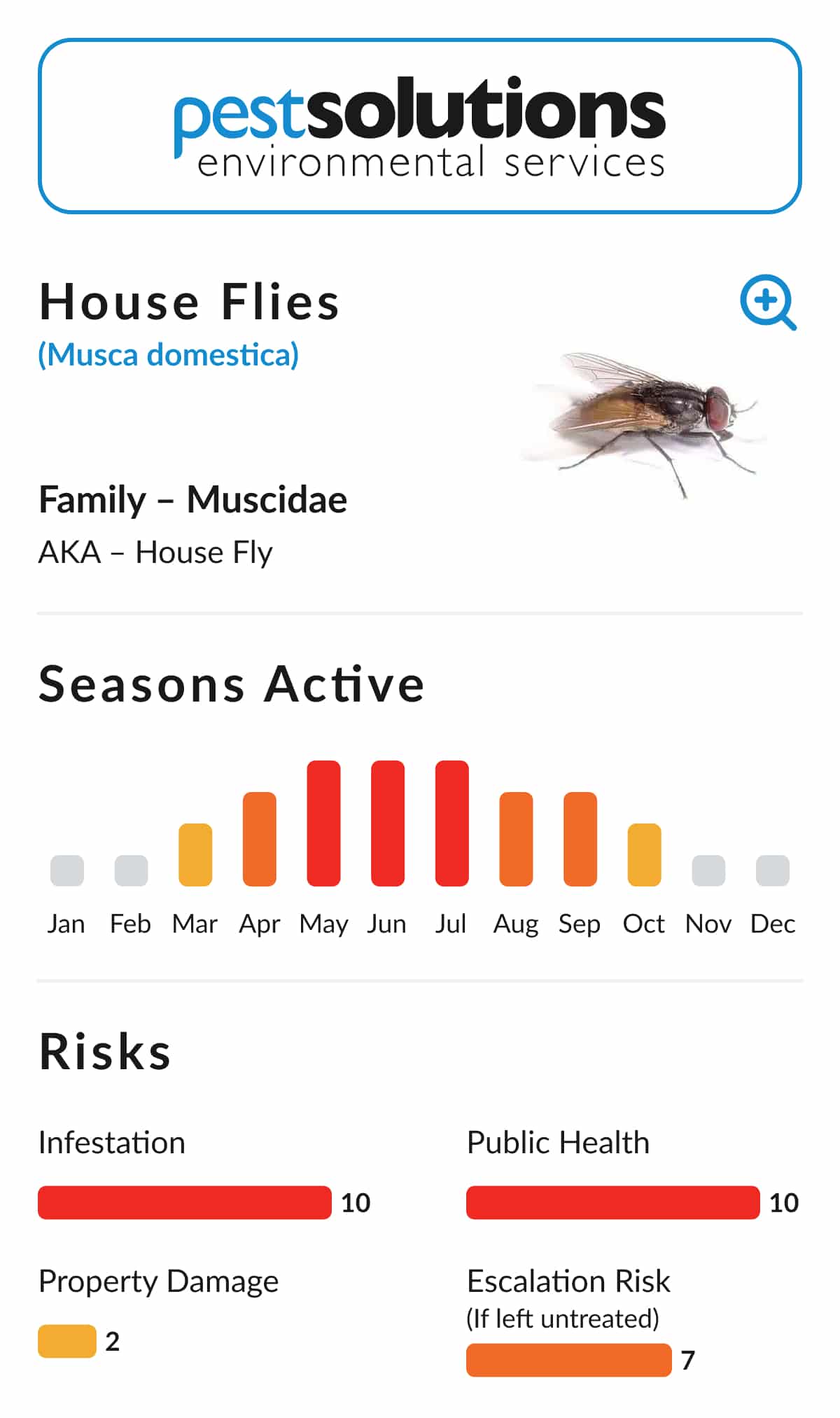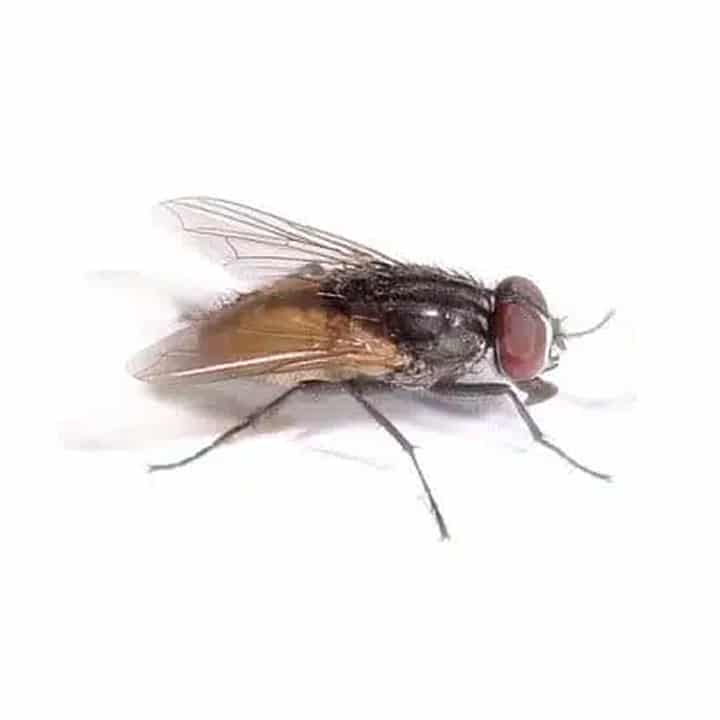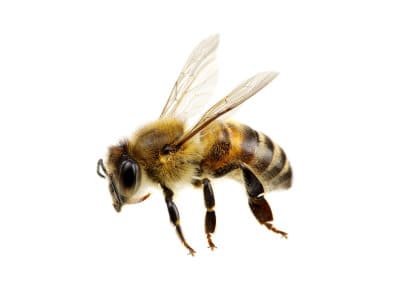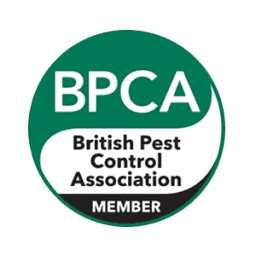Bees (Apidae spp.) become a common sight in gardens and parks throughout the spring and summer months. They play a vital role in the ecosystem, carrying pollen from plant to plant and germinating as they go. In some cases, though, they may pose a risk to humans, especially when they swarm in densely populated areas.
The Key Facts About Bees
Humans and bees have lived in harmony for thousands of years. Evidence shows that the Ancient Egyptians and Greeks were keen beekeepers, and the practise likely dates back farther than we have records for. Bees are social insects, living in hives made up of a single queen and hundreds, if not thousands of workers. Their main source of food is the nectar inside flowers, so they can often be seen floating around gardens in search of something to take back to the hive.
In the UK, there are actually over 250 species of bees. Generally, though, they come in two main varieties: honeybees and bumblebees. The former is rather similar in appearance to the wasp but differ in that they aren’t so brightly coloured and are covered in tiny hairs. Wasps also have a narrower waist, whereas honeybees have a more singular body. Bumblebees, on the other hand, are incredibly easy to identify. They are very hairy, appearing almost fluffy, and have large bodies. They conform to the traditional idea of what a bee should look like, so you should be able to tell at-a-glance if you are dealing with a bumblebee.
Ordinarily, bees will be hesitant to sting because their stinger will usually be torn away from the bee’s body when it enters the thick flesh of a larger mammal, such as humans. This process will take a number of the bee’s vital organs with it, causing death within the space of just a few minutes. Stinging is thus a bee’s very last resort when faced with a threat, and more often than not they will simply attempt to fly away. Bee stings do not normally pose much of a danger to people and will do little more than cause a sore mark on your skin. Some, though, are allergic to these stings, which can trigger anaphylactic shock that can be fatal if not treated promptly.
Bees only pose a major threat to people when they swarm. These swarms take place when a queen bee leaves the existing hive to form a new one. As protection, the queen will be accompanied by huge numbers of worker bees- often more than half of the colony. During these times, the workers will be highly protective of their queen, and thus more likely to sting any humans who cross their path.
Bees (Apidae spp.): The Significance of Control
Overall bee numbers are in decline, meaning people need to be very careful when it comes to bee pest control. Their hives should only be destroyed in the most extreme of circumstances, when they are posing a direct threat to humans. Otherwise, the best option is to simply leave the hive where it is, or else safely move it to an alternative location. To help with this last option, Pest Solution will be happy to put you in touch with a professional beekeeper who can ensure that your unwelcome visitors are given a more suitable home where they can thrive without causing a nuisance. Most beekeepers will happily offer their services for free, as swarms of bees can be expensive for them to purchase otherwise. In addition, they will be able to make a fair amount of honey
Whether or not your bee problem requires professional intervention will largely depend on the location of the hive. If it is high up in a tree in your garden, then it is unlikely that the bees will present much of a threat to humans. On the other hand, if it is close to an area that sees significant use- for instance, a school play area or in a public park, then the risk to those with a bee sting allergy may be significant, and the property owner may have legal obligations to keep such people safe. In addition, bees occasionally build their hives inside chimneys, which can be difficult to remove. The bees will leave if smoked out, but unless the hive is fully removed, they will soon return.
Call Pest Solutions to Get Rid of That Pest Today..!
Pest Solutions skilled BPCA accredited team of service experts and support staff are here 24/7 to assist in your Pest Control Management related concerns. Bees (Apidae spp.). Pest Solutions have many local offices throughout the UK enabling our highly knowledgeable service professionals in your town to respond rapidly to control those pest infestations.
To have a member of our Pest Control service team carry out a FREE survey or a service visit today phone 0800 027 2555. Find the details of your local Pest Solutions Branch here.
